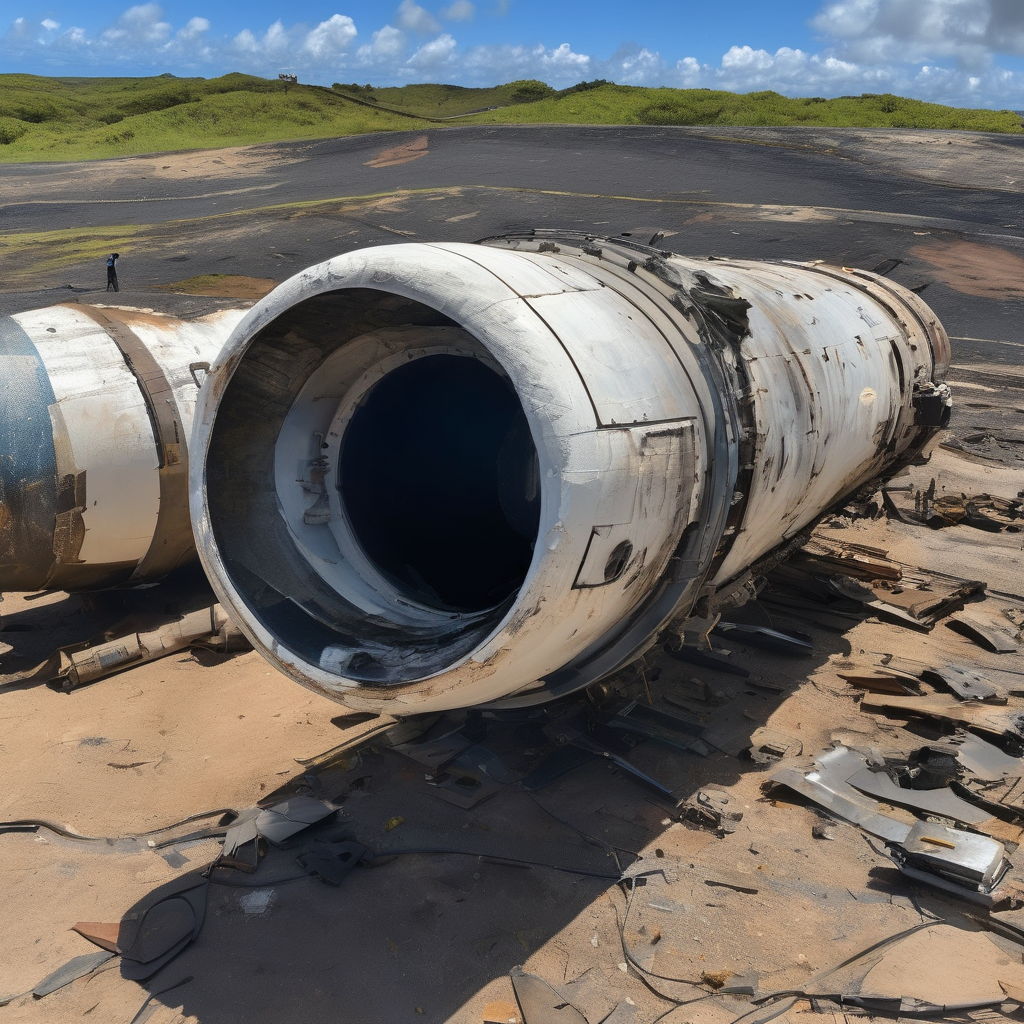SpaceX has encountered a setback following Blue Origin’s announcement of a more powerful version of its New Glenn rocket. In an unfortunate turn of events, the company’s latest Super Heavy V3 booster, designated Booster 18, suffered damage during prelaunch testing at its facility in Boca Chica, Texas. The testing aimed to evaluate the booster’s redesigned propellant systems and structural integrity, but videos circulating on social media showed the booster experiencing a rupture.
Although the incident was not as catastrophic as past failures where debris scattered across the test site, the damage to the lower section of Booster 18 is substantial and likely faces significant repairs. This updated booster was scheduled for the first launch of SpaceX’s version 3 Starship, which is critical for demonstrating improved reliability and performance over earlier models.
SpaceX’s version 3 Starship must validate its ability to reach orbit and successfully conduct vehicle-to-vehicle refueling, both essential for future missions, including the launch of the next-generation Starlink satellites. Additionally, NASA’s confidence in Starship as a lunar lander is increasingly at stake amid these challenges.
This setback comes concurrently with Blue Origin’s plans to enhance its New Glenn rocket, introducing a more robust variant, the 9×4, capable of carrying 70 metric tons to low-Earth orbit. Although Blue Origin has conducted only two launches of its New Glenn and achieved one successful landing, the unfolding competition could spur innovation and progress within both companies.
As of now, SpaceX has not publicly addressed the specifics behind Booster 18’s failure. Compared to significant incidents in the past, such as a rocket explosion during engine testing in June, the latest failure seems less dramatic. Nevertheless, with the stakes high for SpaceX, the company faces increasing pressure to achieve regular and reliable flights of the Starship.
This incident serves as a reminder of the inherent difficulties in rocket development. However, it could also be viewed as a step forward, as identifying issues earlier in the testing cycle may allow engineers to refine designs more effectively without the complications of extensive fueling processes. Despite the challenges, the push for progress in space exploration continues.
